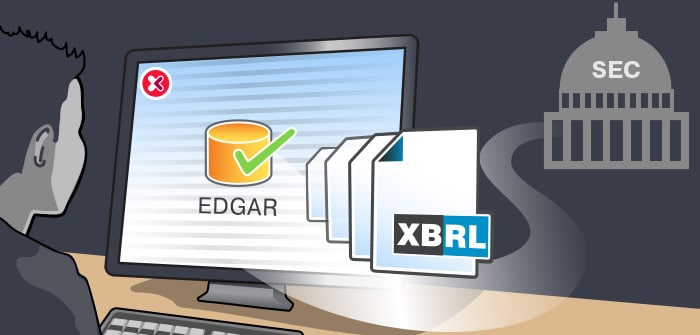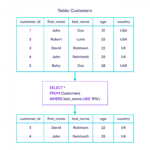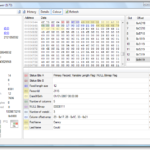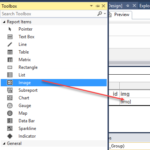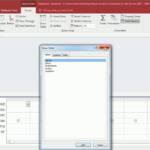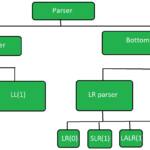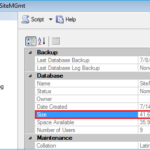SEC filing is no piece of cake. It demands preparations, staying focused, and accuracy. There are different reasons why the EDGAR filling might be complicated. But the hardest obviously is to keep track of all the resources used for all the corresponded elements of the system.
If you want to keep the potential process of the EDGAR filing under the radar, you can use the following checklist of the useful info helping to accomplish the tasks set by the EDGAR filing.
The Manual
SEC EDGAR filing has a manual that is far from ideal. You may face challenges while mastering it. But, this is the job to be done if you want to file the data correctly and match the demands of the system.
The manual is pretty huge. It comprises five volumes. It might take you months to scrutinize the document. What a relief that there is a summary which along with the updates to each element of the manual are available on the EDGAR Filer Manual page.
Matching the timelines
The deadlines must be considered. Different forms have various deadlines There are digital instruments aimed to help costumers keeping pace and staying on time. You can use applications, active calendars, reminders, etc. Some instruments provide even tips regarding when to start filing definite forms, and what to start with.
Unless you are using some of this stuff you put yourself at risk of missing the dates of the EDGAR filing deadlines.
So, one of the sources providing a kind of simpler version of such calendars is available on the SEC website — The Everything EDGAR page
Choosing the Right Form
There is no longer a unified tool for the EDGAR filing preparation. This is because the very EDGAR system is implementing new technologies and updates permanently.
Sorting out all the forms may lead you to a stalemate. Unless you deal with an EDGAR filing agent, the process of filing may be protracted and get to the danger of missing the deadlines.
On the other hand, there is a guide leading you through all the peculiarities of choosing and filing the proper forms — The Everything EDGAR portal.
Keeping the Set Filing Steps
The SEC has a guide for each form to be filed.
The SEC guides the necessary steps to execute and submit them on its Guidance for Filers page is the scope of documents that serve as a basis for the filing process presenting all the stages as a step by step system.
Cipher Tagging
As you might have heard there is the eXtensible Reporting Language (XBRL) that was invented and implemented for incorporating the specific tagging system. The XBRL serves for the unification of the financial data. The general basic info regarding this system operating is deployed on the SEC’s XBRL portal.
EDGAR filing services
All the instruments and resources mentioned above serve to guide you through the EDGAR filing. However, if not doing the filing systematically, it might still be too tiring.
Sometimes the efforts made for the filing could be directed to other aims and used more efficiently.
Dealing with professionals in EDGAR filing services saves your nerves and time. Consider this when it comes to choosing the way of working out the SEC filing reports.

